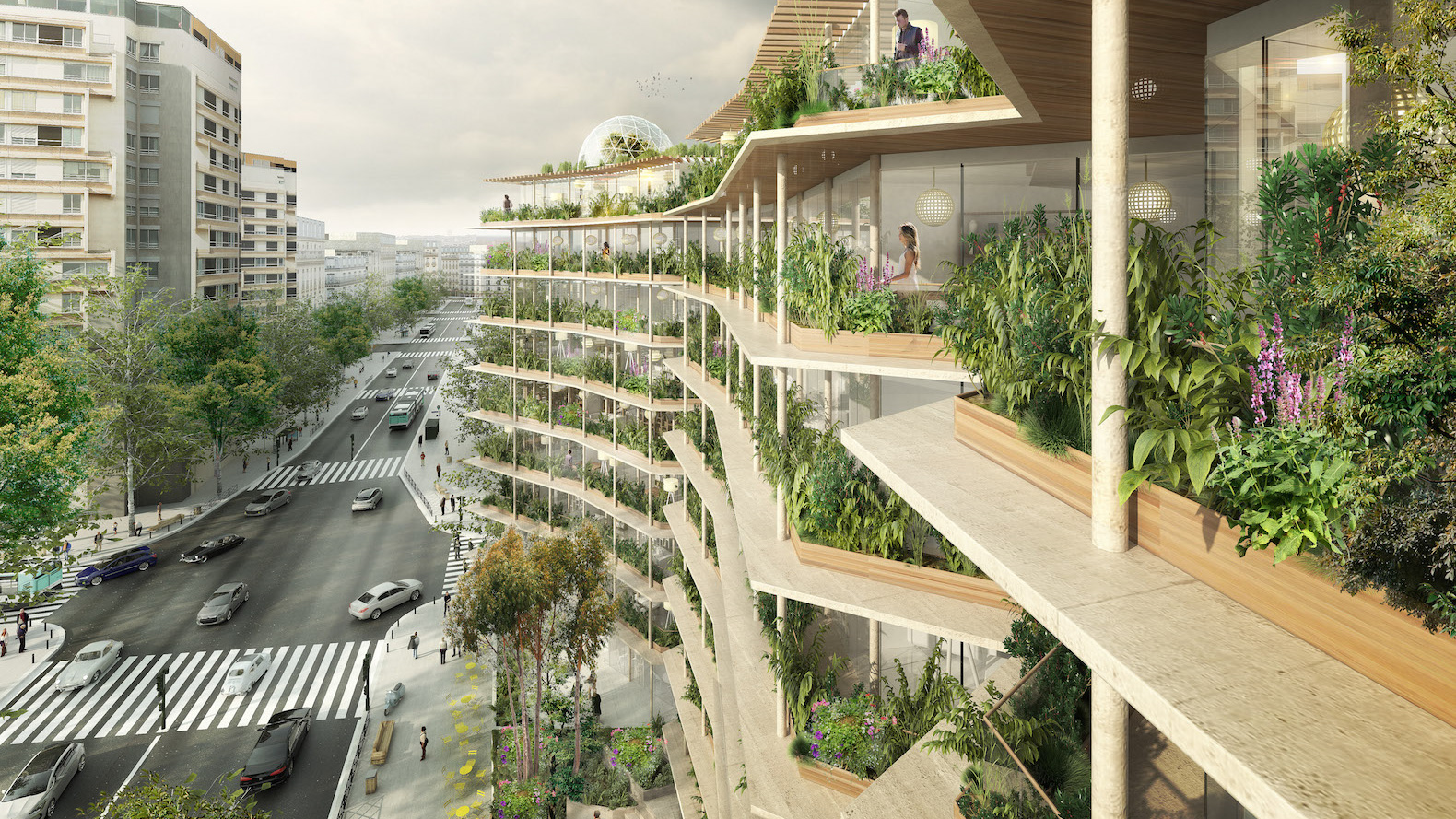Human Settlements – Climate Action Pathway

It’s 2050 and urban life has never been better. Despite more people living in urban areas than ever before, the world’s towns and cities are now healthy, affordable and inclusive places to live. Many of the policies and investments driving these improvements also explain the radical decarbonisation of today’s human settlements. Indeed, the design of today’s cities makes living a 1.5oC-aligned life almost second nature for residents.
Much of the heavy lifting here has been done by urban planners, architects, construction companies, property owners, utility firms and sustainable material innovators, among others, supported by bold local and national policy and investment. Their combined efforts mean that old buildings are now much more energy-efficient to run, for instance, while new buildings now create only a fraction of the carbon footprint they once had.
Urban infrastructure has undergone a similar overhaul. As well as requiring less energy to build and maintain, contemporary infrastructure actively encourages people to adopt sustainable habits, such as walking to work, shopping locally and recycling household waste. Residents are hugely animated by these changes because they can see the everyday wellbeing benefits they bring.
Visionary public policies, coupled with cutting-edge innovations by business, have certainly played an essential role in creating the net zero human settlements of today. No less critical, however, has been the resolute commitment by planners to include citizens at every step of the way. As a result, the needs of all segments of society are now given their proper weight. Furthermore, residents feel an enormous pride for the sustainable settlements they have helped co-create.
With COP26 in progress it is worth investigating the United Nations Climate Change site and the 2021 action pathway.
